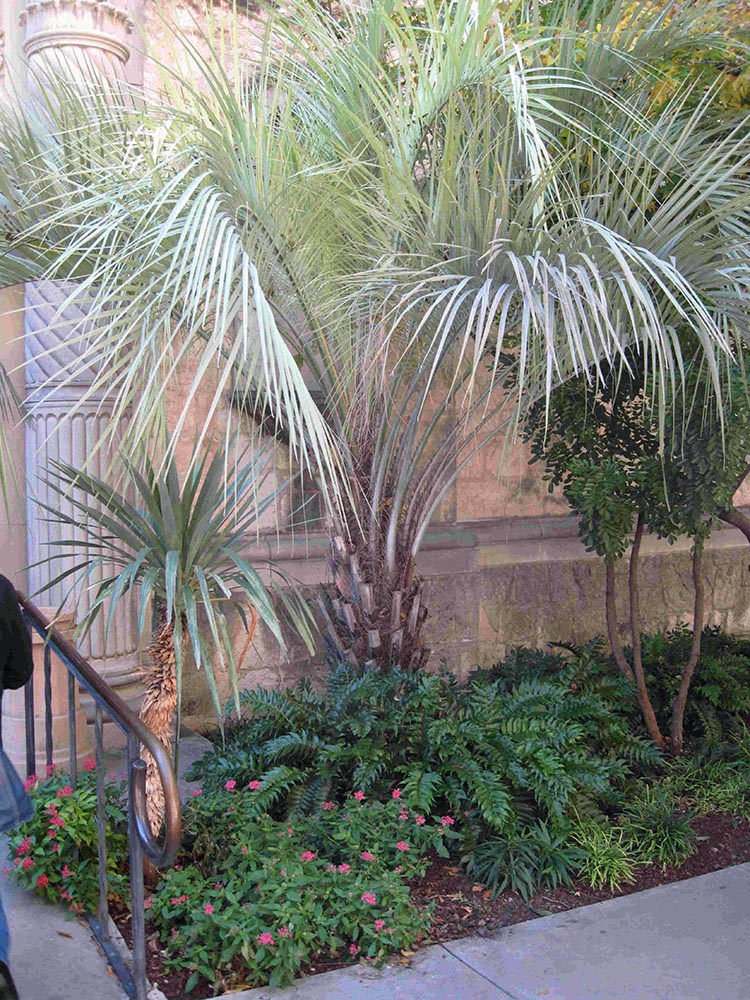By Mary Beth Simmons, Cameron County Master Gardener Texas Certified Nursery Professional
Conserving water is a steadily growing concern throughout the Valley. Water-wise or xeriscape gardening is a method of gardening that involves choosing plants that are appropriate to the site and creating a landscape that can be maintained with little supplemental watering.Don’t be fooled into thinking we are talking about barren landscapes full of cactus, agaves, and other thorny plants. Water-wise gardening can be applied to any type of garden.
There are seven principals to water-wise gardening.
- Planning and Design – Have a plan. Look at your garden’s topography, exposure and soil. Don’t fight your site but create planting zones and group your plants by their needs. For example, place drought tolerant plants in areas exposed to full sun and give more tender plants some partial shade or place them near a water source.
- Appropriate Plant Material – Select plants that thrive in your area during low water conditions. Many, but not all, will be native plants. You may choose to use a few plants that need to be coddled but don’t overdo it.
- Soil Improvement – Great gardens start with great soil. A great soil is one that water penetrates easily but that also retains moisture. It is loose and full of organic matter. Compost and other organic matter should be worked into a planting bed prior to planting. If you have heavy clay, you may want to add expanded shale.
- Mulch – Mulch will moderate the soil temperature, hold moisture, slow erosion and suppress the weeds that compete with your plants for water and nutrients. Apply about 4 inches of mulch at planting and replenish once or twice a year. As your mulch decomposes, it feeds the soil. Our high temperatures cause organic matter to decompose quicker so we must replenish more often. Mulch can be wood chips, hay, leaves, or any organic material.
- Appropriate Turf Areas – Most of us still want some areas of lawn in our landscapes. Where you place your lawn should be part of your initial plan. Take into consideration what you plan to use the lawn for. Most lawn grasses require more water, fertilizer and maintenance than other groundcovers.
- Efficient Watering – If you followed the planning step, you have probably already grouped your plants by their water needs. Drip irrigation systems are often recommended for efficient watering. Time, length and frequency of irrigation are also considerations.
- Appropriate Maintenance – Even a water-wise garden requires maintenance. Watering, weeding, pruning, and pest management will all factor into the quality of your landscape. Pests and disease first attack plants that are under stress. Don’t deny fertilizer or supplemental watering when needed.
For more in-depth information on Water-wise Gardening, visit these websites:
http://aggie-horticulture.tamu.edu/earthkind/
http://urbanlandscapeguide.tamu.edu/waterwise.html








